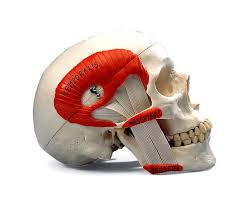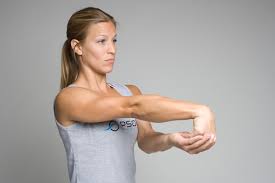As a Massage therapist well trained with years of experience in treating TMJ disorder using intra-oral techniques, the pandemic has been a challenge. Being able to work safely with clients who have relied on this treatment on a regular basis is of upmost importance. Recently I have become certified in a PPE course for TMJ-focused massage therapists that builds on the best practices of regulatory bodies from both the dental and massage therapy regulatory guidelines.
This has ensured that I am up to date with the most thorough and safe guidelines in this specialized technique. These protocols include the client and therapist both wearing masks and face shields, and communicating through hand signals to lessen verbal communication while intra oral work is being performed.
What is TMJ dysfunction and how can massage therapy help?
TMJ is an acronym for ‘Temporomandibular Joint, the joint that is the ‘hinge’ of the jaw. It is supported by muscles within the mouth, outside and around the face, head and neck. Disorders can be due to problems of the disc within the joint such as degeneration, or muscular imbalance, nerve pathology, or even dental problems. Massage therapy can target the neck, shoulders and muscles of the mouth to relieve tension and imbalance quickly and effectively, often eliminating headaches and jaw pain that may have lingered for months or even years. Intra oral techniques are just one of the many ways to address these issues.
My Jaw has been sore from mask wearing, can this help me?
There has been significant stress related to the pandemic, and TMJ clicking, pain and clenching are some of the signs that this could be affecting you. Clenching and grinding from emotional stress may be a cause of TMJ dysfunction, but there is also increased strain from poor ergonomics as people have moved to working from home.

Muscles of the Jaw
For example, sitting with one’s head tilted forward, shoulders and neck jutted at uncomfortable angles for prolonged periods at a ‘kitchen table’ set up can lead to jaw distortion and clenching. Even mask and/or shield wearing can cause people to adjust their jaw or neck position and clench more frequently.
These emotional or physical strains can lead to symptoms including bruxism, clenching, jaw pain, jaw fatigue, neck pain, headaches, grinding, dental problems, tinnitus and sinus or ear pressure.
Massage Therapy can have a safe, effective role in dealing with TMJ pain. It is best implemented in a program that includes eliminating dental causes, regular exercise, assessing your ergonomic setup, and having a good self care routine.
If you would like to learn more about the protocols for TMJ massage or would like to book a treatment please contact Julie at 905-341-4925 or book an appointment online.



